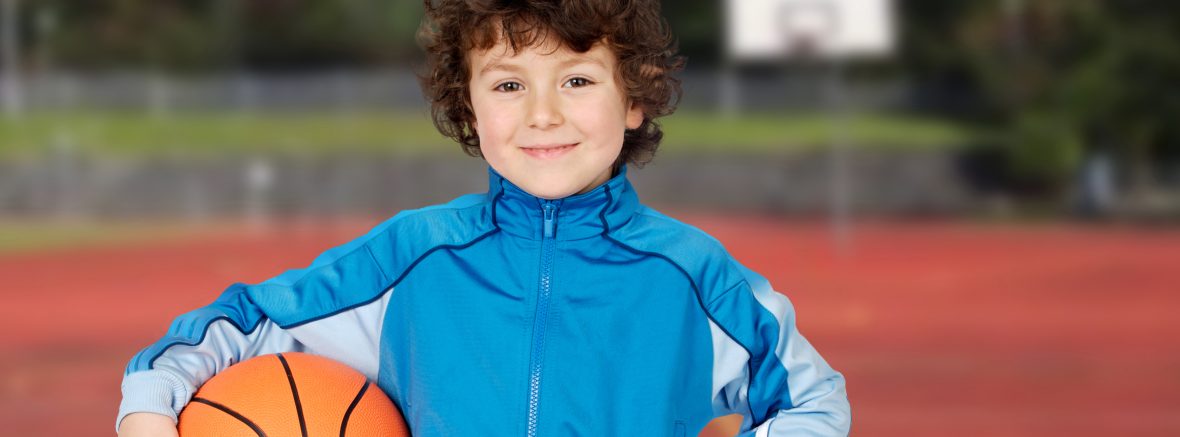By Bruce Y. Lee, Senior Contributor, Forbes
What’s happening next week from August 7 to 12 in Orlando, Florida, shows just how much basketball has grown in popularity among kids around the world.
The inaugural Junior NBA World Basketball Championship will take place at the ESPN Wide World of Sports Complex in Orlando. There 16 U.S. and 16 international 13 and 14 year old boys and girls teams that have survived regional competitions around the globe will compete for the world title. Aside from the teams from the U.S., 8 boys’ and 8 girls’ team emerged from the Africa and the Middle East, Asia Pacific, Canada, China, Europe, India, Mexico, and South America regions. That’s 317 boys and girls from 35 countries.
A group of former and current NBA and WNBA stars will be on hand to help including Dwyane Wade, Andre Drummond, Vince Carter, Brook Lopez, Grant Hill, Tamika Catchings, Swin Cash and Jennifer Azzi. FOX Sports will televise 16 of the games.
Football, the kind that actually uses the feet, may still be the most popular sport among kids globally, but few sports can match the explosive international growth of basketball over the past two decades. Articles ranging from Chris Johnson’s “For Europeans, hoops is the second-most beautiful game” for The Globe and Mail to Adam Minter’s “China Is Hoops Country” for Bloomberg Opinion have detailed the rise in basketball in a wide range of countries, including the most populous ones in the world
In general, this rapid expansion is a good thing for kids’ health, especially in light of the ongoing global childhood obesity epidemic and physical inactivity crisis. Basketball offers a very active work-out that involves much of the body and can improve coordination in many different ways. Then there is the mental health training that the game can bring like encouraging perseverance, teamwork, and awareness of your surroundings, unless you want everyone else to hate you or to be smacked in the face with the ball.
Moreover, like football (otherwise known as soccer), basketball has proven to be quite an inclusive sport. With its relatively simple equipment requirements, a basketball and a hoop, the sport can be quite accessible to lower income populations who have been disproportionately affected by the obesity epidemic. And you can play basketball well into adulthood when trash talking requires qualifiers such as “I would have blocked your shot if I were younger and did not hurt myself on my office chair.
All of this means that basketball can be a vehicle to positively influence the lives and health habits of millions upon millions of kids around the world. Recognizing this opportunity, the NBA is also pairing a variety of health promotion workshops and seminars with the Junior NBA World Championships. This includes the “Developing the Total Athlete” life skills sessions that will include health experts from the NBA and Kaiser Permanente and players from the NBA and WNBA. The first session will draw from the “Be a P.R.O.: Be Professional, Responsible, and Opportunistic” curriculum, which teaches youth how to establish healthy practice schedules, nurture relationships, seize personal and professional opportunities, and develop good social media practices. The second session will cover nutrition, sleep, and injury prevention and rehabilitation techniques. For the third session, Jennifer Monness from the Meditation Lab and professionals from Kaiser Permanente will lead an interactive lesson on breathing and meditation techniques. The Gatorade Sports Science Institute (GSSI) will also offer tips on staying well hydrated prior to, during, and after exercise. Sounds like the stuff that all kids should be learning.
Tackling or, rather, addressing the childhood obesity epidemic and physical inactivity crisis (since there is no tackling in basketball) will require more than a bunch of new diets, exercise machines, and apps. It will require genuine systems changes including lifestyle changes. As those who have played basketball regularly may tell you, basketball can be more than just a game. It can be a lifestyle. And with the appropriate combination of accompanying habits and mindsets, this lifestyle can be quite healthy, not just during childhood but for life.

